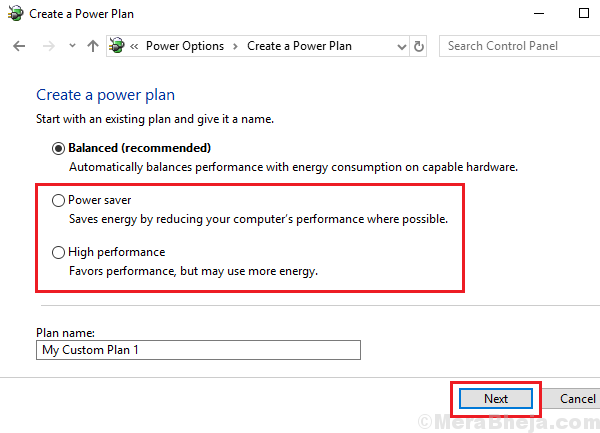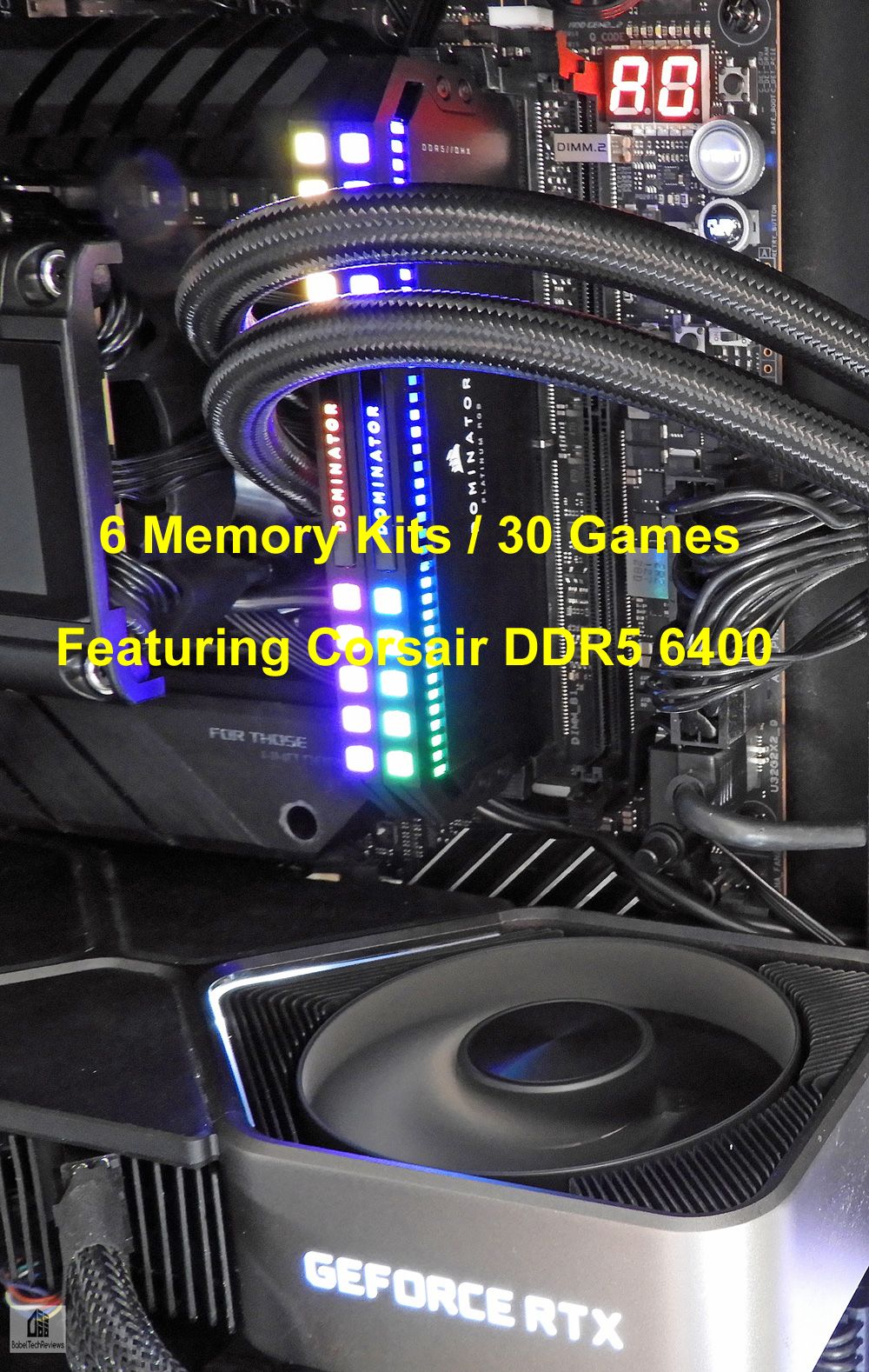- Joined
- Oct 16, 2018
- Messages
- 987 (0.41/day)
- Location
- Uttar Pradesh, India
| Processor | AMD R7 1700X @ 4100Mhz |
|---|---|
| Motherboard | MSI B450M MORTAR MAX (MS-7B89) |
| Cooling | Phanteks PH-TC14PE |
| Memory | Crucial Technology 16GB DR (DDR4-3600) - C9BLM:045M:E BL16G36C16U4W.M16FE1 X2 @ CL14 |
| Video Card(s) | XFX RX480 GTR 8GB @ 1408Mhz (AMD Auto OC) |
| Storage | Samsung SSD 850 EVO 250GB |
| Display(s) | Acer KG271 1080p @ 81Hz |
| Power Supply | SuperFlower Leadex II 750W 80+ Gold |
| Keyboard | Redragon Devarajas RGB |
| Software | Microsoft Windows 10 (10.0) Professional 64-bit |
| Benchmark Scores | https://valid.x86.fr/mvvj3a |
Apparently Msi B650 entire range of boards are all 6 layers PCBs and maybe $hite when it comes to RAM support or OC.I wouldn't trust it either, because it looks like it's in the market segment where the FETs are cheap as you know what. Increases the chance that you'll one day unexpectedly find the motherboard off and won't power on again.
Last edited:







 My attitude towards RAM has always been "set XMP and call it a day". All I want is for my PC not to lock up during cold boot when EXPO is enabled. Honestly, I only bought 6000 MHz RAM because "it's the sweet spot" according to AMD, and it wasn't a lot more expensive than any generic DDR5 kit.
My attitude towards RAM has always been "set XMP and call it a day". All I want is for my PC not to lock up during cold boot when EXPO is enabled. Honestly, I only bought 6000 MHz RAM because "it's the sweet spot" according to AMD, and it wasn't a lot more expensive than any generic DDR5 kit.





